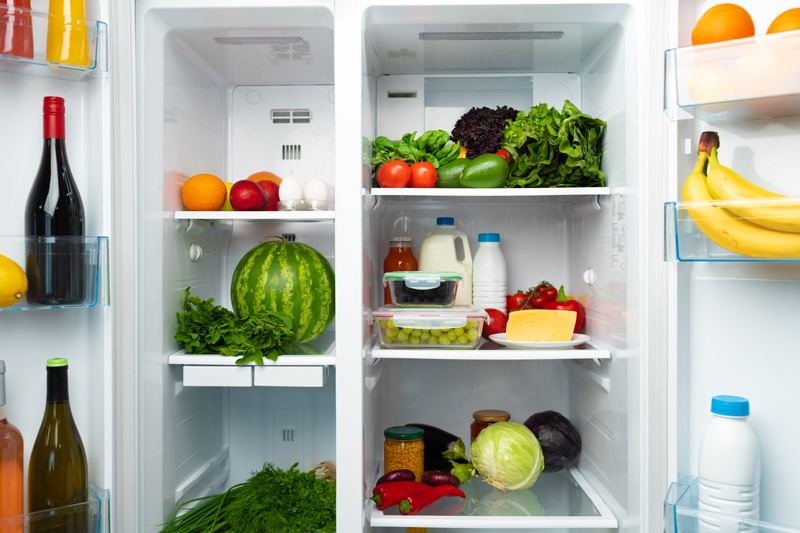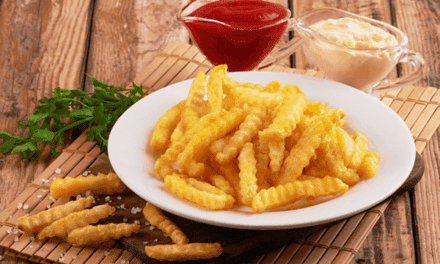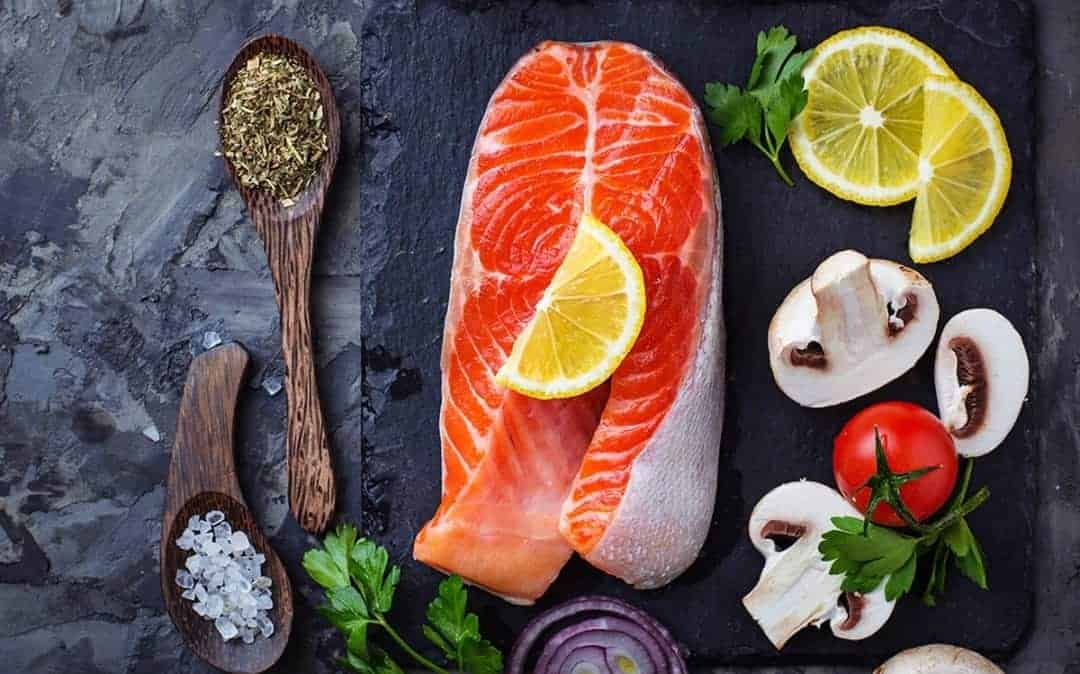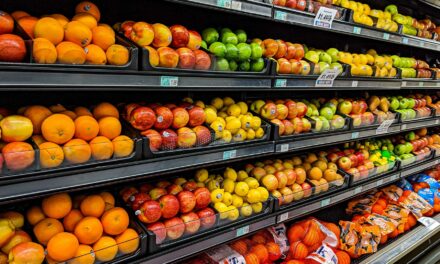The History Behind The Decline of Health-Focused Food
When did it happen? Can anyone put their finger on it? Can anyone pinpoint the moment we stopped caring as much about freshness as we did convenience? The answer is found in one word: can—canned food.
Canning food was largely a result of the industrial revolution as humans started to explore the benefits of easily preserving, storing, and even shipping food rations to soldiers during wartime. Scientific growth and advances made food rationing and preservation possible. Many people stocked their bunkers with food that could potentially last a lifetime during the Cold War.
Canning fruits and vegetables is a practice that has been around far longer than in the industrial age. Still, it was during this industrial era that humanity, as a whole, shifted from a concern for health to a fear of not only lack of convenience but fear of lack altogether.
Fear of Running Out
Can you imagine worrying if you would have enough fresh food in the event of something major like a war, a depression…or even a pandemic?
That last one strikes most of us in the gut when we remember that anxiety as we surveyed those empty grocery store shelves for weeks at a time. During a pandemic, canned and preserved food can save lives. But in an ideal world, we want to give our bodies what it needs to be healthy; we want to provide them with what is best for them.
In the 20th century, fast food came onto the scene in the U.S. in 1921 in Wichita, Kansas. And you thought Kansas didn’t have anything but endless fields of wheat. Well, it turns out they grow burgers there too!
Can you imagine what else might have shown up around this time of convenience? You guessed it: chronic pain and inflammatory diseases. Rheumatoid arthritis, muscle pain, increased allergic reactions, and regular arthritis pain began to be common complaints.
Our bodies have been trying to tell us for ages now that it’s not only what we consume, but how we consume it, that can cause some severe problems. I have some evidence-based research from the wise people at Harvard to help you navigate the pitfalls of natural pain management related to diet.
Things to Take OFF Your Grocery List
Perhaps easier than focusing on what to eat is a shortlist of what to avoid.
Instead of just looking at the natural pain relievers, let’s look at natural inflammatories. I’ll bet you can guess a few of the items that will appear on this list.
Let’s start with one of the most adored yet insidious: processed sugar.
To that, we can add:
- refined carbohydrates (like white bread and pastries)
- margarine, shortening, and lard
- red meat and processed meats
- french fries and other fried foods
- soda and sweetened beverages (including coffee with sweetener—sorry)
The above list may feel like a hard pill to swallow, but I promise you that it won’t be nearly as hard as all the pills you’ll have to swallow to manage all the inflammation caused by excessive consumption of these foods. They haven’t just been linked to inflammation, either. Chronic inflammation from foods has then been linked to other severe health conditions such as cardiovascular disease, cancer, type 2 diabetes, and even Alzheimer’s.
Things to Put ON Your Grocery List
Now that we have dived into the depths of the dangers of some of the most inflammatory substances on the planet, let’s look at their remedy; these are foods that aid natural pain relief and reduce inflammation.
An anti-inflammatory diet should include lots of the following:
- leafy greens like spinach, kale, and collards
- olive oil
- tomatoes
- nuts such as almonds and walnuts
- fruits like berries, melons, and oranges (organic is always best!)
- And even fatty fish like mackerel, salmon, sardines, and tuna
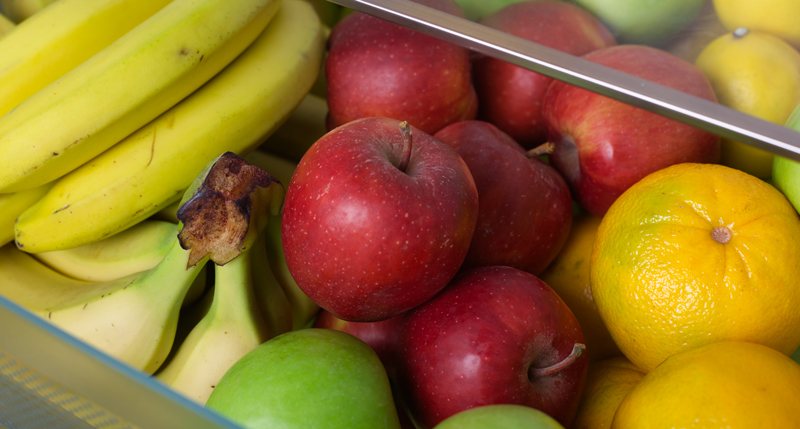
Sweet Solutions
What about fruit? Isn’t there a lot of sugar in fruit? Fructose (the chemical substance that fruits are composed of) has a different chemical structure than manufactured sugars like sucrose, saccharin, acesulfame, aspartame, neotame, and sucralose. As a natural sugar, our body knows how to process it the way it would a fruit.
*Note that while pure cane sugar is not on the anti-inflammatory list, it is far safer than choosing to incorporate any of the above.*
Here’s a Sweet Hack For You
You can also purchase fructose (the sugar naturally found in fruit) in the bagged, granular form at a natural grocer or possibly even online. If you absolutely must use a sweetener, the granulated form of fructose is one of the safest for the body to process and can help keep elevated blood sugar or inflammation at bay. You can even use a little honey as you see fit. Your body will let you know if it’s too much.
What Else Can I Do To Ease My Chronic Pain Naturally?
What about other items that function as natural pain relievers in addition to dietary changes and routines? A number of supplements can be taken to reduce inflammation that has been well documented as functioning to support natural pain relief.
You can always add easy-to-obtain items to your daily regimen like:
- Devil’s Claw
- Turmeric
- Cherry juice extract
- Omega-3 (fatty acids-coincidentally also found in your fatty fish in the above list)
- Collagen
- Chondroitin and Glucosamine
- and Boswellia (Indian frankincense)
Remember: Always check with your healthcare provider before beginning supplements to best understand how they may interact with your body.
Does What I Eat Make That Big of a Difference?
I have a good friend who has suffered from chronic pain since she was a young teen. Even after multiple surgeries and healed wounds, she still went on to live a life of chronic aches and pains.
A few years ago, she learned of the inflammatory qualities of some of the foods I’ve mentioned here. She decided to swing for the fences and said she would give up sugar altogether. After a period of actual physical withdrawal, she finally saw what life on the other side was like.
Now, changing your diet, particularly giving up sweets, unhealthy fats, and fried food can be tough. Even if we don’t actually identify as food addicts or regular overeaters, many of us will have trouble not seeking out these foods once the brain supplies the impulse to do so. Many of them have been chemically engineered so that those big companies will have a client for life. These foods are addictive—period.
Brick by Brick, Changes Are Made
Don’t beat yourself up if you find these difficult changes to implement into your new diet. As support and resource, you can view my blog on 2 Simple Steps for Implementing Healthy Habits. Gradual change is often the most accessible and most sustainable, but not beating yourself up and then giving up as a result is the most important aspect of making a change of this nature.
Your body will thank you for every victory, no matter how small it may seem. Rome wasn’t built in a day. Brick by brick, it all came together. And day by day, meal by meal, you too can tap into the natural pain relievers found in your fridge instead of in the medicine cabinet.

